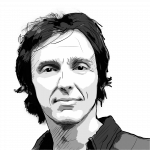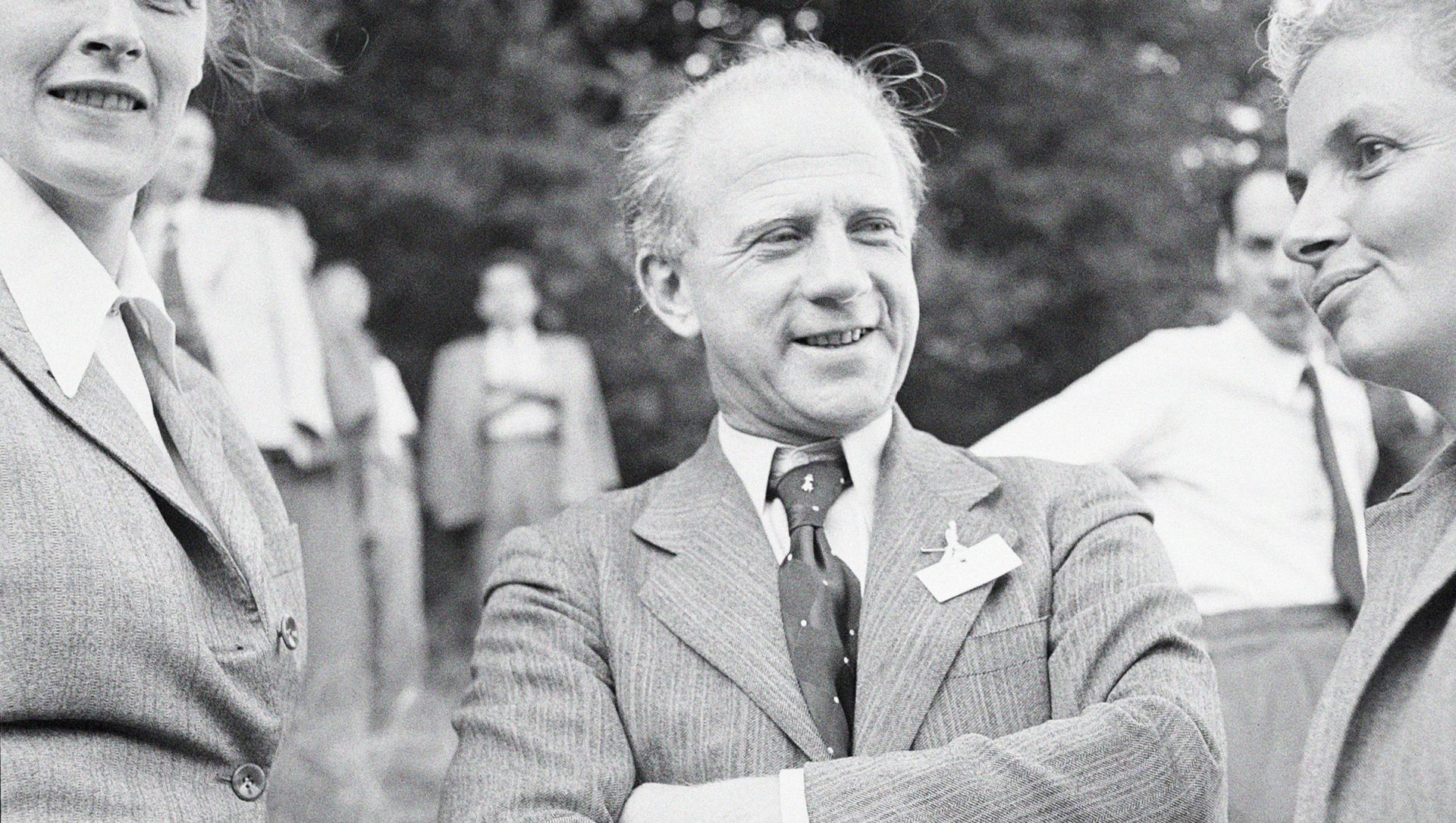In June 1925, Werner Heisenberg took the boat from the German coast across the North Sea to the tiny but populated island of Helgoland, where the sea air and sparse vegetation would offer relief from his terrible hay fever. There he continued working on the problem that had been plaguing him and several of his physicist colleagues: how to turn the fledgling quantum theory from a hotchpotch of vague ideas and rules of thumb into a proper mathematical framework: a true quantum mechanics.
In the version of events Heisenberg told decades later, he worked feverishly into the small hours before arriving at a breakthrough. “I had the feeling,” he said, “that, through the surface of atomic phenomena, I was looking at a strangely beautiful interior.” Too excited to sleep, he set off on a walk as the day dawned, watching the sun rise across the sea from the rocky southern tip of the island and filled with a sense of wonder and joy at having seen into the heart of things.
That’s the story. It may be not much more, however – historians have questioned whether what Heisenberg achieved on Helgoland was really so crucial to the quantum mechanics that he, alongside his mentor Max Born and his young colleague Pascual Jordan in Göttingen later that year shaped into the first proper theory of the quantum world. This remote, bleak island keeps its secrets: I’ve just consulted “Heisenberg’s rock”, now marked with a bronze plaque, but it remains silent on the matter.
I’ve come to Helgoland to take part in a meeting celebrating the centenary alongside many, perhaps most, of the world’s leading experts on quantum physics, four Nobel laureates among them. It’s surreal to be bumping into these legendary scientists among the fish & chip shops of the village-sized settlement, and to hear them debate at the local town hall that is probably more used to hosting raffles and 60s covers bands.
Suggested Reading


Can we save the planet by geo-engineering the sea?
You might expect a centenary meeting to be a “look how far we’ve come” jamboree. But although some talks relate the wonders now being wrought from quantum mechanics, such as quantum computers and quantum clocks, underpinning it all is a sense of unease, frustration, despair or wry amusement (depending whom you ask) that there is still no consensus on what quantum mechanics means.
It’s not that there are details yet to be ironed out; last night I saw five experts, including two of the Nobelists, take the stage and reveal deep disagreements about some of the most fundamental questions in the field. Each seemed certain not just that they were right but that their eminent colleagues were wrong. That’s a reflection of the community as a whole: surveys indicate that there’s no sign of convergence, even after 100 years, about the various interpretations of the theory that have been put forward.
At the root of the arguments are three factors. First, unlike most scientific theories, quantum mechanics does not in general tell us what answer to expect from an experiment, but only which answers are possible and how likely each of them is. Second, it seems this is the best we can hope for – not because the theory is too crude or approximate, but because it appears to insist that no better answer exists even in principle. Only when we make a measurement does the universe, so to speak, decide what the answer will be. And third, by asking one question we render others meaningless, or at least ambiguous.
That last point is illustrated by Heisenberg’s uncertainty principle, which he formulated clearly two years after his Helgoland trip. Seeming at first to be a weird quirk of his maths, it turns out to be a key feature of quantum objects. As an electron, say, moves through space, we can’t find out exactly what both its position and its speed is at any given moment. If we measure one, we reduce the accuracy with which we can know the other. If we insist on pinpointing the position precisely, we render essentially meaningless the question of how fast it was going at that point.
Heisenberg himself struggled to understand this. At first he seemed to argue that the uncertainty comes from the way we unavoidably disturb the object when we look at it – a disturbance that matters a lot for the tiny electron. But this isn’t right. The problem comes not from what we do to the electron, but what we know about it. Nature forbids us from knowing all – or rather, there simply is no “all”, but we seem to have some choice about what becomes a part of reality and what does not. No one is sure, even now, what this means for the nature of reality itself.




